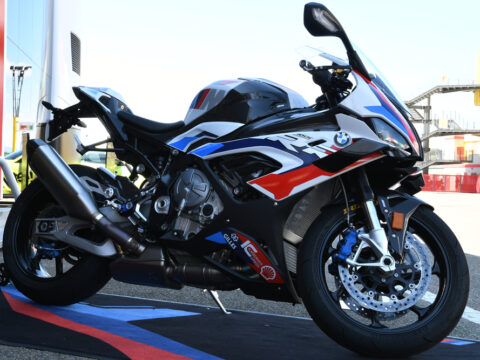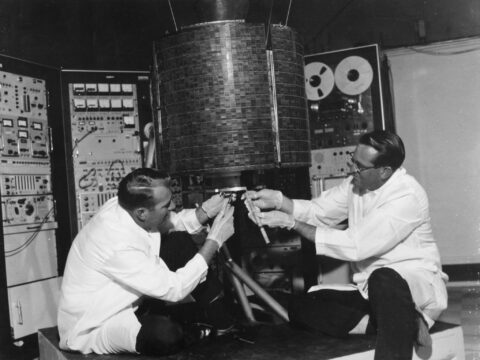Performance cars are often designed to dazzle with their impressive horsepower, cutting-edge technology, and sleek designs. On paper, these cars promise lightning-fast speeds and exhilarating performance that should dominate any racetrack. However, not all live up to their lofty expectations when it comes to real-world track performance. Some cars that appear unstoppable in a straight line fall short in the handling and agility departments, proving that raw power alone is not the secret to tracking success.
In motorsports, balance is everything. While high horsepower grabs attention, the intricate combination of braking, suspension, weight distribution, and aerodynamics truly separates track champions from the rest. In this article, we explore some of the most celebrated performance cars that, despite their impressive specs, didn’t quite deliver on the track, revealing the critical importance of engineering beyond just speed.
Contents
Ford GT (2005)
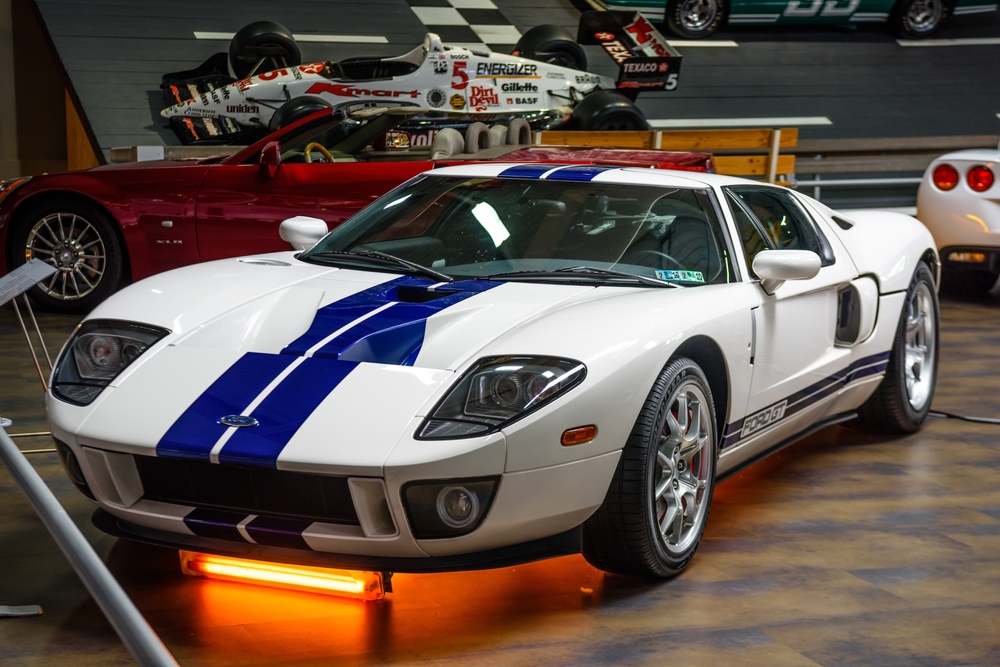
The Ford GT (2005) was a highly anticipated revival of an iconic model, but its track performance did not fully meet the expectations set by its legendary predecessor. While the car boasted a supercharged V8 engine with plenty of horsepower, its weight and less-than-sharp handling prevented it from excelling on technical circuits. The GT’s struggles in maintaining grip and composure at the limit serve as a reminder that track success requires more than just raw power—it demands refined balance and control.
Toyota Supra Turbo (Mk4)
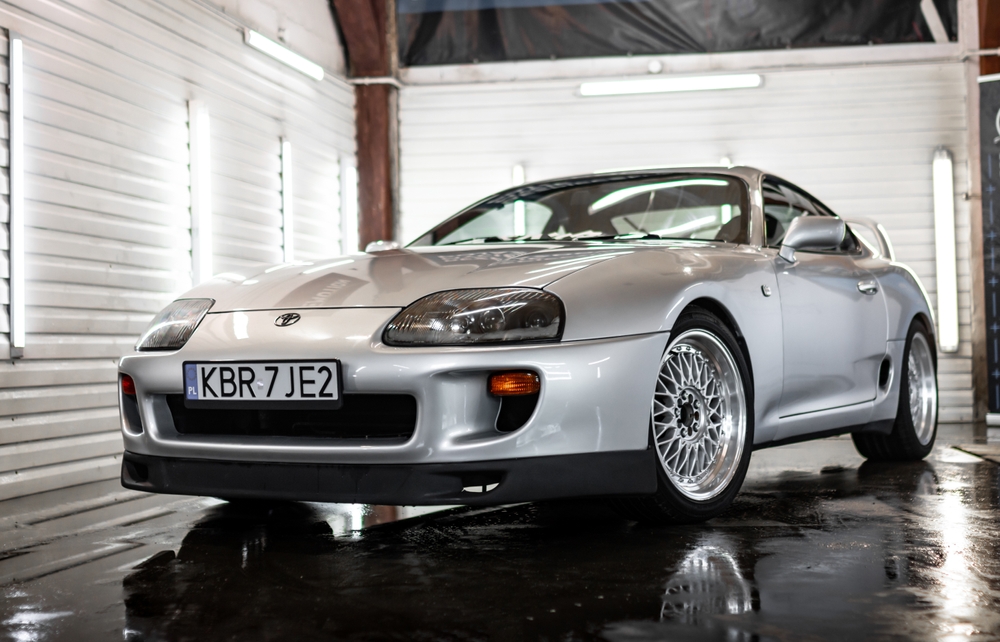
While the Toyota Supra Turbo (Mk4) is renowned for its incredible engine and tuning potential, it fell short in track performance compared to its street cred. With its turbocharged 2JZ engine capable of generating immense power, the Supra excelled in straight-line speed but lacked the necessary agility and sharpness in cornering that a true track car demands. Its weight distribution and somewhat soft suspension hampered its ability to handle tight corners effectively, showcasing that brute horsepower without a balanced chassis and suspension setup can be limiting on the track.
Dodge Viper ACR (2016)

The Dodge Viper ACR is a beast when it comes to sheer power and aggressive aerodynamics, but its raw performance doesn’t always translate into dominance on the track. With a monstrous 8.4-liter V10 engine and an aggressive aero package, the ACR excelled in high-speed straight-line runs. However, its handling could be unpredictable due to its lack of electronic aids and brute-force power delivery. The car’s harsh ride and massive power made it difficult to handle in tight turns, highlighting that raw power can be a hindrance rather than an advantage without precision and finesse.
Audi R8 V10
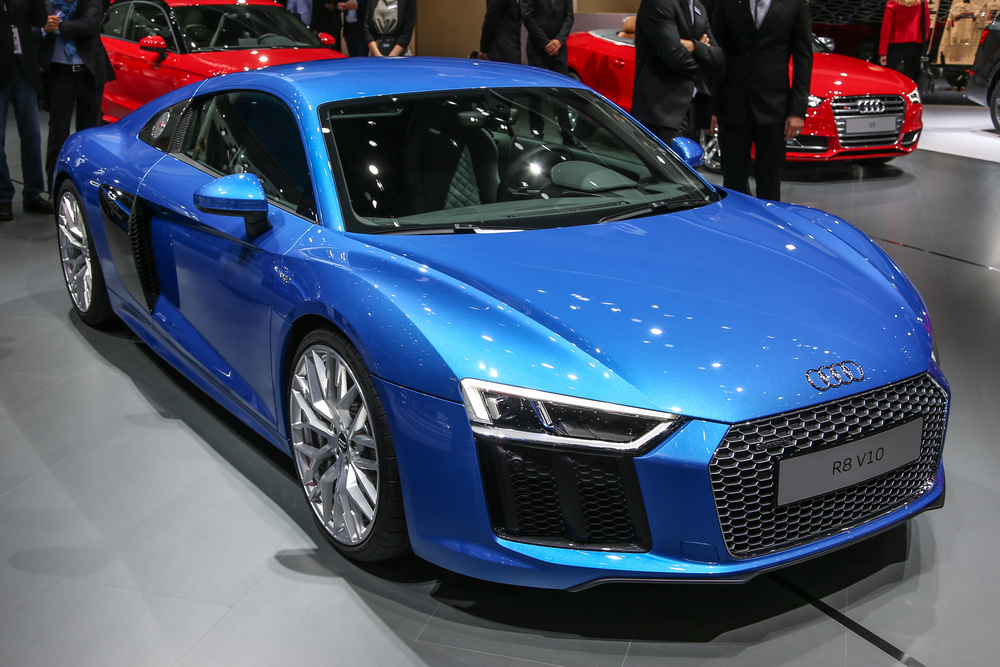
The Audi R8 V10 is an undeniably powerful and stylish supercar, but some enthusiasts have questioned its track performance. While the car’s all-wheel-drive system provides excellent stability, its heavy weight and understeer in tight corners make it less agile on the track than its competitors. The R8’s emphasis on comfort and luxury detracts from its raw performance capabilities, proving that a well-rounded package that balances power with precision handling is critical for track dominance.
Nissan GT-R (R35)

The Nissan GT-R (R35) is often lauded for its advanced technology and raw speed, but on the track, it has shown some weaknesses that prevent it from being a dominant force. While its twin-turbocharged V6 engine provides blistering acceleration, its heavy weight and reliance on electronic aids sometimes limit its agility in tight, technical sections. The GT-R’s bulk hinders its cornering dynamics, showing that even with massive power and advanced electronics, a car’s balance between weight and handling is crucial for track performance.
Nissan 300ZX Turbo
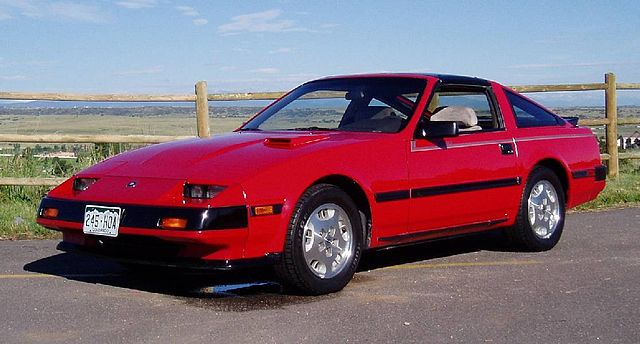
The Nissan 300ZX Turbo is another car that generated significant excitement for its power potential but underwhelmed in terms of track performance. Equipped with a twin-turbo V6 engine, the car had no shortage of power, but its weight and relatively unsophisticated suspension setup hindered its ability to handle sharp turns. The 300ZX Turbo’s lack of precision in corners and tendency to understeer exposed the limitations of relying on horsepower alone without proper chassis tuning, making it less competitive in track scenarios.
Aston Martin V8 Vantage
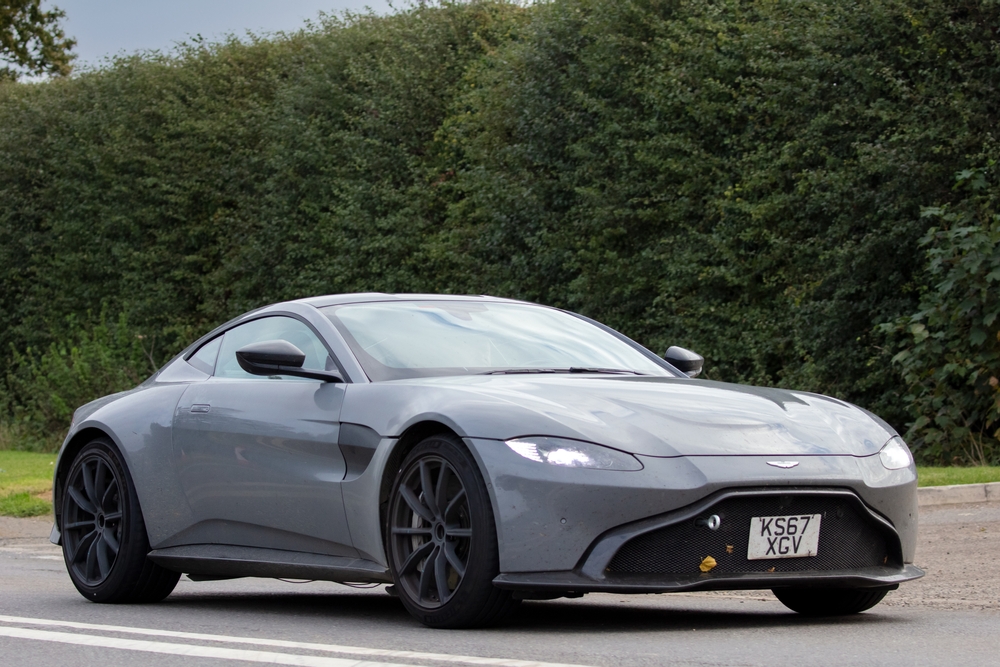
Aston Martin’s V8 Vantage is a sleek, luxurious sports car, but when it comes to the track, it falls short of expectations. The car’s V8 engine delivers plenty of power, but its weight and handling leave much to be desired. With a focus on luxury and grand touring capabilities, the V8 Vantage’s suspension and chassis tuning are not optimized for the demands of high-speed track driving, highlighting how high horsepower combined with a less-than-precise handling setup can limit overall performance.
Subaru WRX STI (2015)
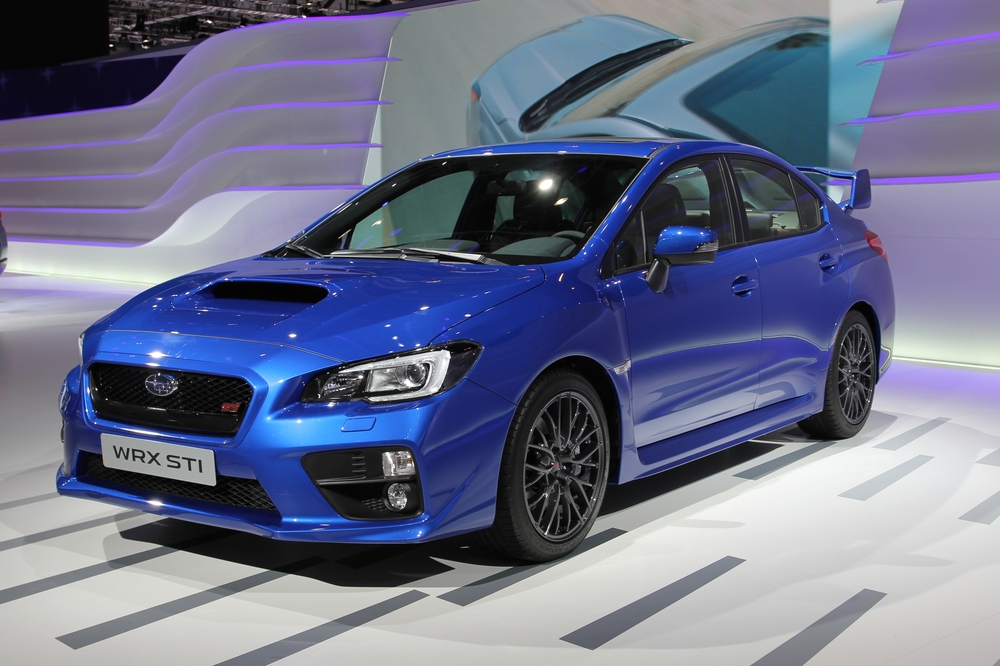
The Subaru WRX STI (2015) is a rally legend but struggles when compared directly with other high-performance track cars. Its all-wheel-drive system offered excellent traction, but the car’s engine performance and overall handling weren’t as precise as competitors in the same segment. On the track, its turbocharged engine delivered power with noticeable lag, and its relatively soft suspension setup made it less capable in sharp corners, showcasing that off-road capabilities don’t always translate into success on paved tracks.
Mazda RX-7 (FD)
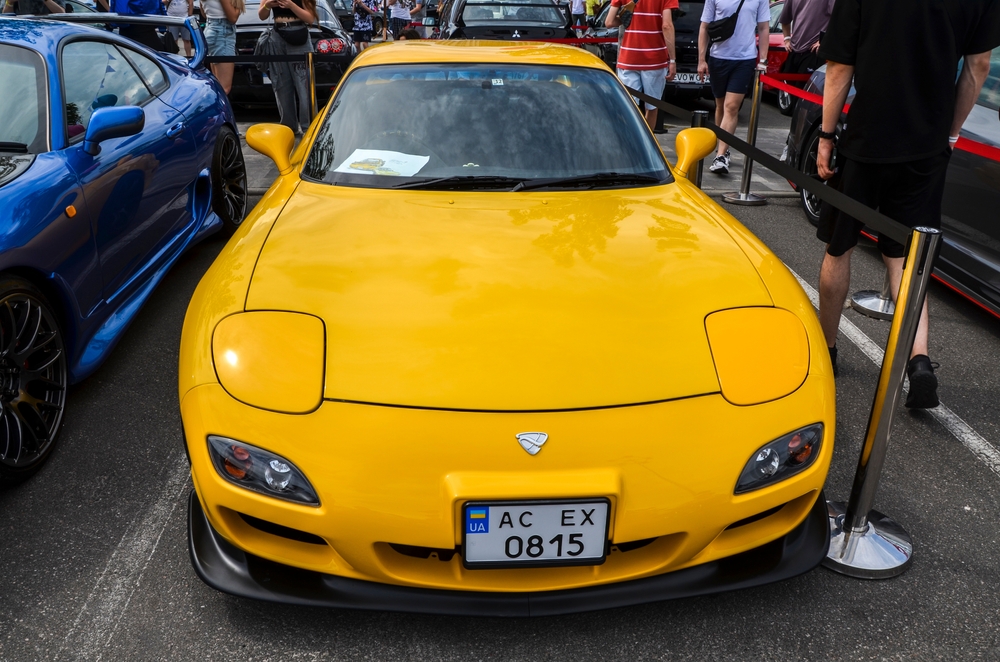
The Mazda RX-7 (FD) is a legendary car, particularly for its rotary engine and light chassis. However, despite its cult following, the RX-7 struggled to translate its high-revving power into consistent track success. Its small, high-maintenance engine, while innovative, lacked torque, and its reliability issues often hampered its track prowess. The RX-7’s balance and nimble handling were commendable, but the car’s lack of durability under heavy use underscored the importance of pairing engineering innovation with reliability for lasting track success.
Chevrolet Corvette ZR1 (C6)
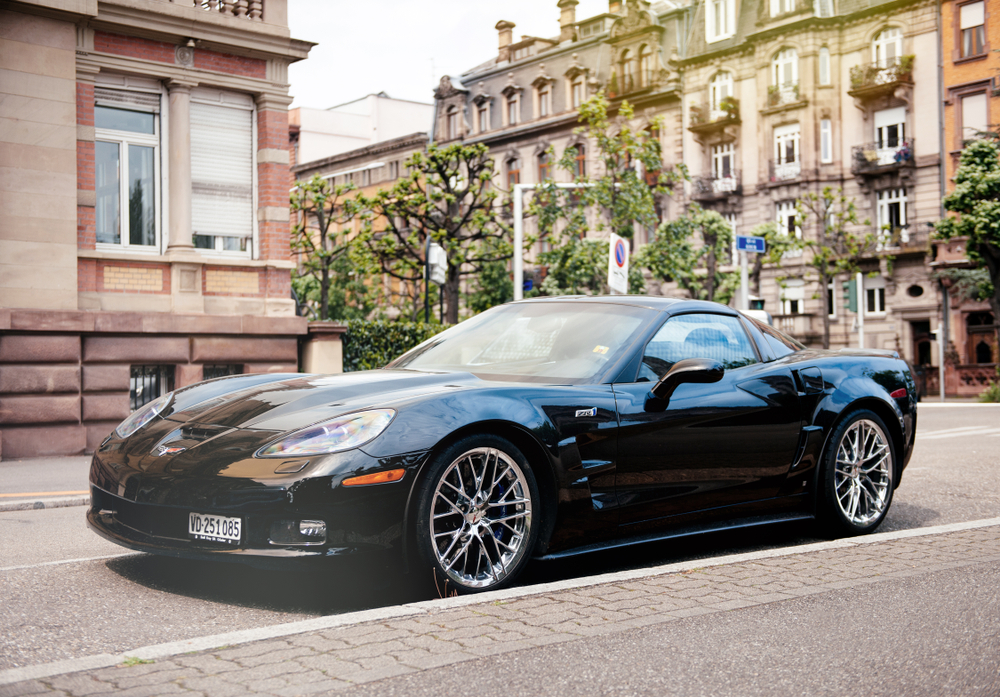
The Chevrolet Corvette ZR1 (C6) boasts a supercharged 6.2-liter V8 engine, producing jaw-dropping horsepower numbers, but its track performance was often inconsistent. While it excelled on straightaways, the ZR1 struggled with heat management and balance during extended track sessions. Its handling could become twitchy under heavy braking and tight cornering, revealing that even with tremendous power, a car’s ability to maintain stability and manage heat is essential for track dominance.
Ferrari F50
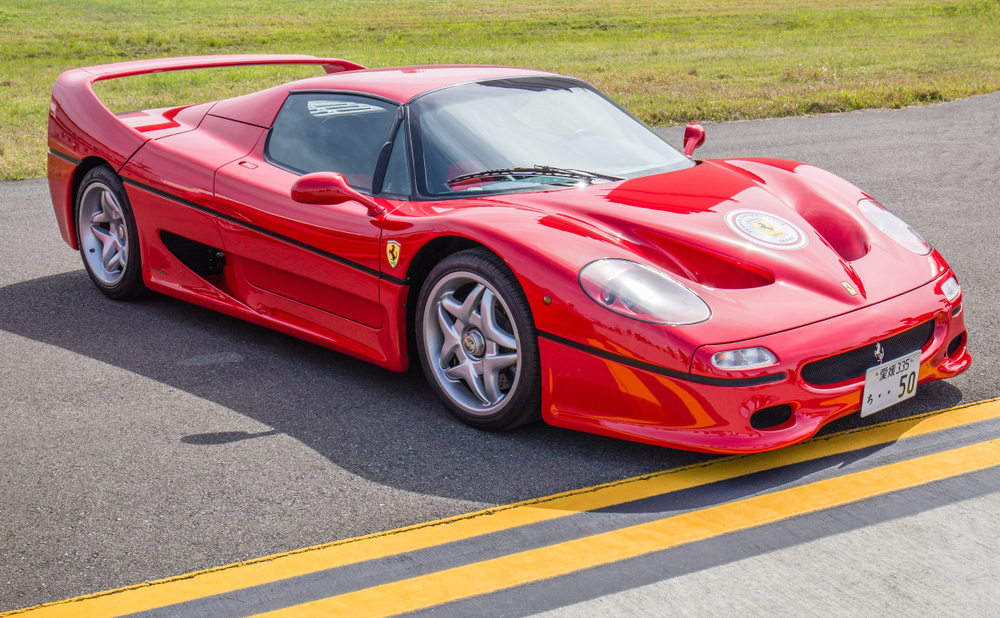
The Ferrari F50 was intended to be the successor to the F40, bringing Formula 1 technology to a road car. While its naturally aspirated V12 engine and striking design were impressive, the car’s on-track performance was underwhelming compared to its predecessor. The F50 lacked the precision and feedback that are critical for track driving. Its weight distribution and somewhat loose handling didn’t match the power it offered, showing that without razor-sharp engineering, even the most powerful engines can fail to deliver track success.
Lotus Esprit Turbo
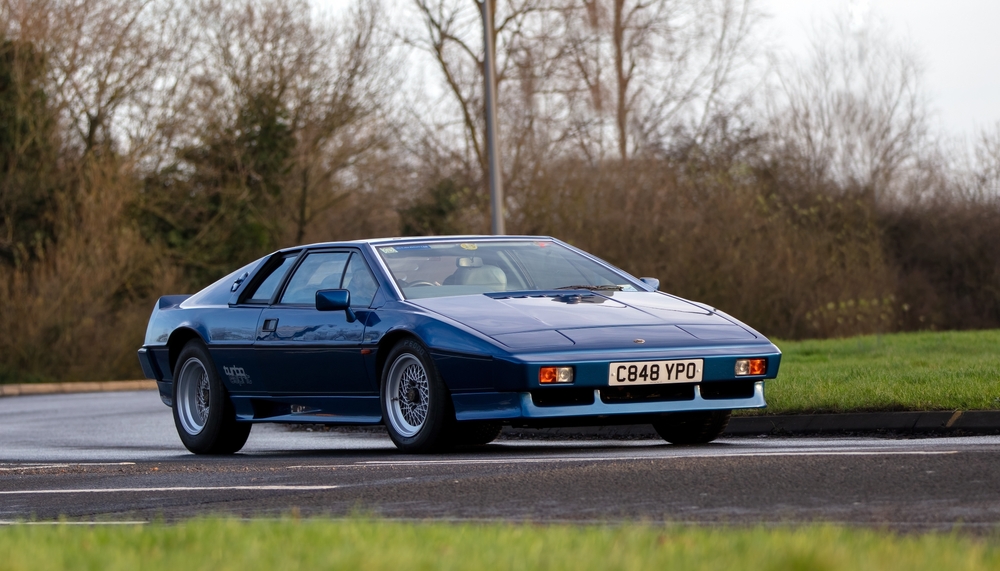
The Lotus Esprit Turbo was famous for its exotic design and turbocharged powerplant, but on the track, it struggled against competitors. Despite its lightweight construction, the Esprit’s turbo lag and handling quirks, especially in tight corners, limited its competitiveness. The car’s power delivery wasn’t as linear as needed for precise track driving, and its engineering, while innovative, wasn’t fully optimized for high-speed stability. This highlighted how critical refined suspension and handling dynamics are for harnessing power on the track.
BMW M6 (E63)
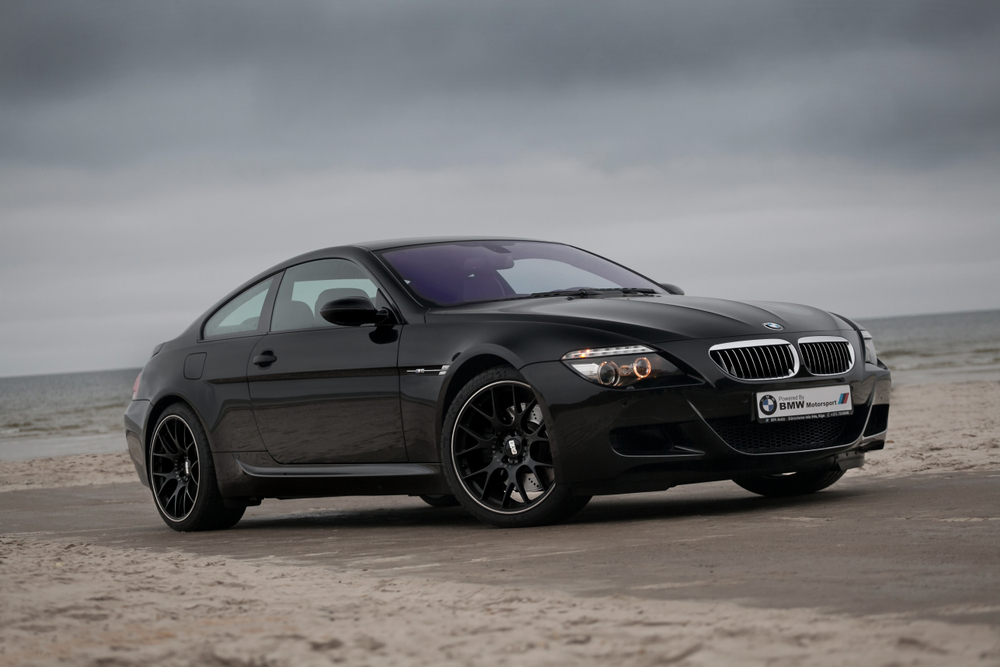
The BMW M6 (E63) featured a formidable V10 engine that could generate significant power, but its heavy weight and less-than-agile handling made it a difficult car to manage on the track. The M6 was better suited for grand touring rather than track racing, with its sluggish cornering and slow braking times holding it back from being a true track weapon. Its luxurious features added weight, demonstrating that power alone without nimbleness and precision cannot guarantee track success.
Mitsubishi 3000GT VR-4

The Mitsubishi 3000GT VR-4 was packed with cutting-edge technology for its time, including all-wheel drive and active aerodynamics. However, its weight and complexity made it less competitive on the track than lighter, more straightforward rivals. The VR-4’s turbocharged engine provided impressive power, but its cumbersome handling and lack of responsiveness in tight sections diminished its track potential. This car’s struggles underscored that advanced features and power can’t substitute for a well-balanced and nimble chassis on a race track.
Jaguar XJ220
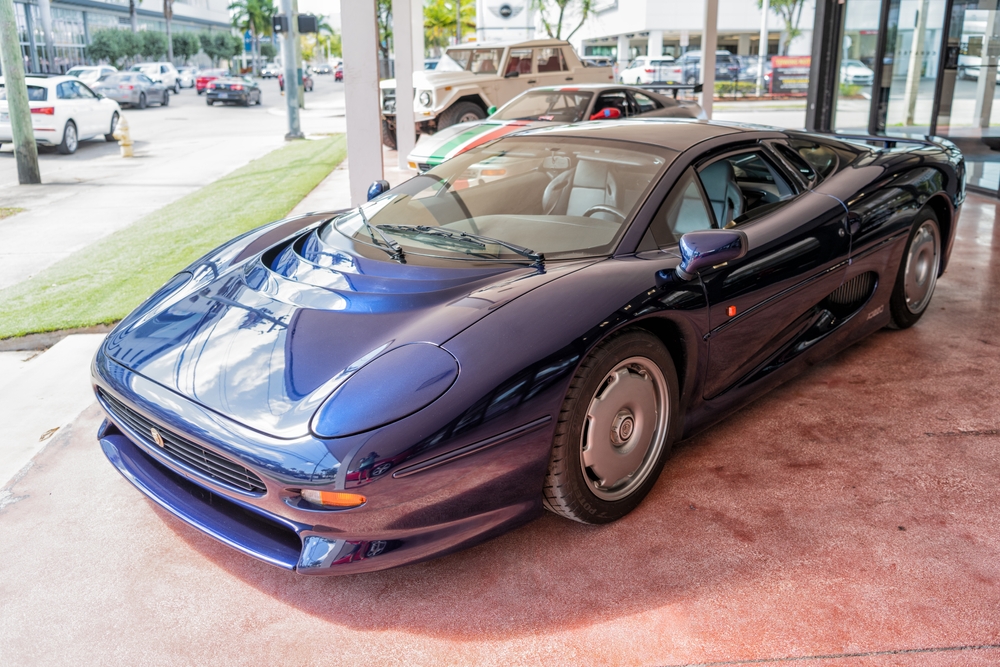
The Jaguar XJ220 promised to be one of the fastest cars of its era, and while it delivered in terms of top speed, it fell short on-track performance. The car’s turbocharged V6 engine lacked the immediate power delivery needed for sharp corner exits, and its handling was compromised by its size and weight. The XJ220’s track failures were a reminder that while high-speed runs are impressive, consistent cornering and handling are key to true track success.
This article originally appeared on MyCarMakesNoise.
More from MyCarMakesNoise
10 Motorcycles That Will Run for Decades Without Breaking Down

When it comes to choosing a motorcycle, reliability is often one of the top concerns for riders. Whether you’re commuting daily or embarking on long road trips, having a bike that can run for decades without breaking down is essential. Read More.
15 Top Luxury Sedans with Powerful V6 Engines

Regarding luxury sedans, a powerful V6 engine can transform a smooth, elegant ride into an exhilarating driving experience. Combining the best of both worlds – luxury and performance – these sedans offer more than just plush interiors and cutting-edge technology. Read More.
10 Military Aircraft Features Pilots Find Frustrating

Military pilots operate some of the most advanced and powerful machines in the world, but these aircraft are not without their challenges. While they are designed to perform under the most extreme conditions, certain features can make a pilot’s job more difficult and, at times, downright frustrating. Read More.



